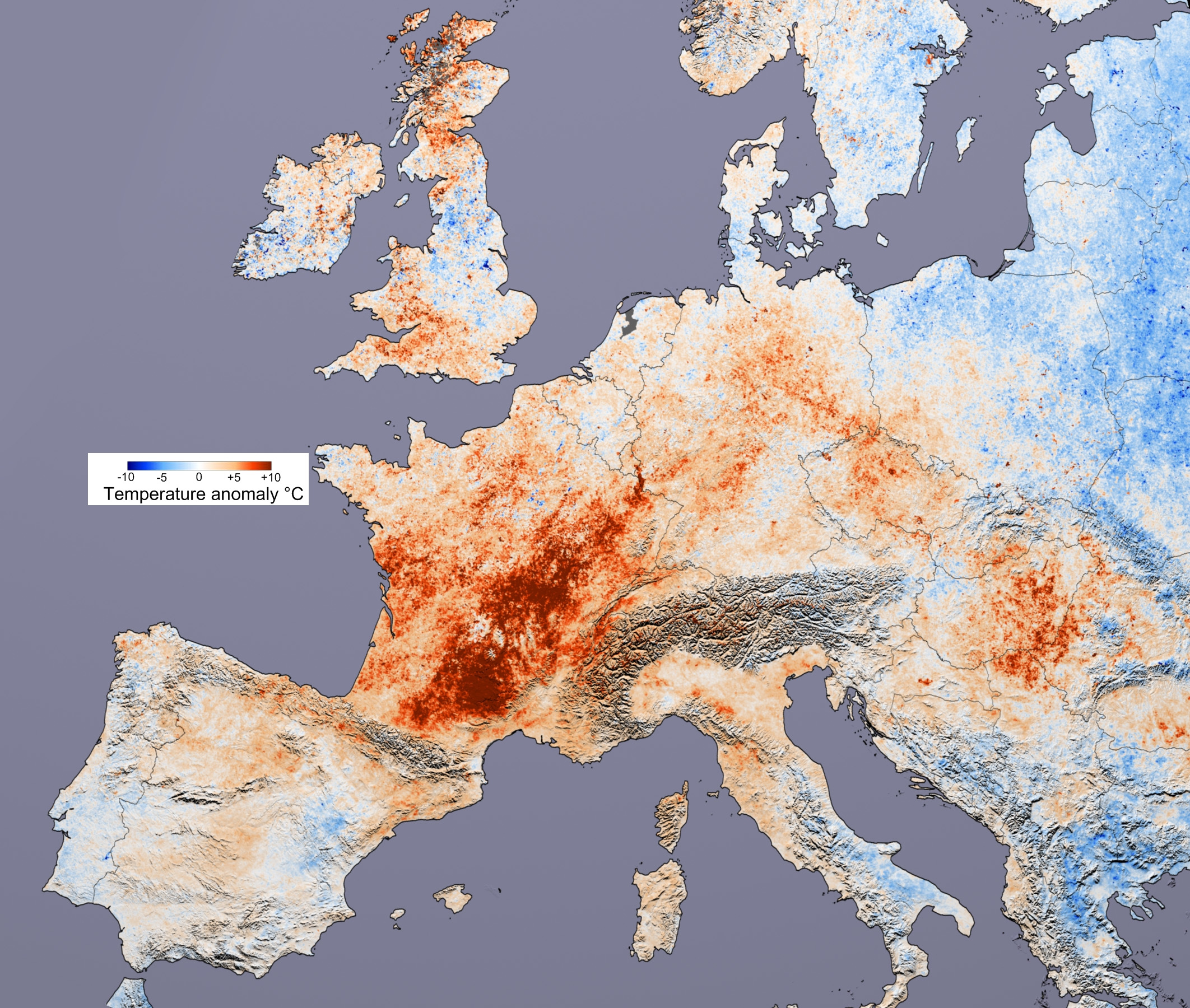|
Storm Hardening
Storm hardening is the process whereby construction is used to create new infrastructure or retrofit existing infrastructure such that it is more capable of withstanding extreme weather events. It "involves physically changing infrastructure to make it less susceptible to damage from extreme wind, flooding, or flying debris. Hardening measures include adopting new technology, installing new equipment, constructing protective barriers, or changing communications/ IT at the facility. "Hardening usually requires significant investment by the energy company. Some projects take years to complete; for example, large earth-moving equipment may be brought in to build a new levee A levee ( or ), dike (American English), dyke (British English; see American and British English spelling differences#Miscellaneous spelling differences, spelling differences), embankment, floodbank, or stop bank is an elevated ridge, natural .... Sometimes the sheer magnitude of assets involved (e.g., thous ... [...More Info...] [...Related Items...] OR: [Wikipedia] [Google] [Baidu] |
Construction
Construction are processes involved in delivering buildings, infrastructure, industrial facilities, and associated activities through to the end of their life. It typically starts with planning, financing, and design that continues until the asset is built and ready for use. Construction also covers repairs and maintenance work, any works to expand, extend and improve the asset, and its eventual demolition, dismantling or wikt:decommission, decommissioning. The construction industry contributes significantly to many countries' gross domestic products (Gross domestic product, GDP). Global expenditure on construction activities was about $4 trillion in 2012. In 2022, expenditure on the construction industry exceeded $11 trillion a year, equivalent to about 13 percent of global Gross domestic product, GDP. This spending was forecasted to rise to around $14.8 trillion in 2030. The construction industry promotes economic development and brings many non-monetary benefits to many cou ... [...More Info...] [...Related Items...] OR: [Wikipedia] [Google] [Baidu] |
Infrastructure
Infrastructure is the set of facilities and systems that serve a country, city, or other area, and encompasses the services and facilities necessary for its economy, households and firms to function. Infrastructure is composed of public and private physical structures such as roads, railways, bridges, airports, public transit systems, tunnels, water supply, sewers, electrical grids, and telecommunications (including Internet connectivity and broadband access). In general, infrastructure has been defined as "the physical components of interrelated systems providing commodities and services essential to enable, sustain, or enhance societal living conditions" and maintain the surrounding environment. Especially in light of the massive societal transformations needed to mitigate and adapt to climate change, contemporary infrastructure conversations frequently focus on sustainable development and green infrastructure. Acknowledging this importance, the international co ... [...More Info...] [...Related Items...] OR: [Wikipedia] [Google] [Baidu] |
Retrofit
Retrofitting is the addition of new technology or features to older systems. Retrofits can happen for a number of reasons, for example with big capital expenditures like naval vessels, military equipment or manufacturing plants, businesses or governments may retrofit in order to reduce the need to replace a system entirely. Other retrofits may be due to changing codes or requirements, such as seismic retrofit which are designed strengthening older buildings in order to make them earthquake resistant. Retrofitting is also an important part of climate change mitigation and climate change adaptation: because society invested in built infrastructure, housing and other systems before the magnitude of Effects of climate change">changes anticipated by climate change. Retrofits to increase building efficiency, for example, both help reduce the overall negative impacts of climate change by reducing building emissions and environmental impacts while also allowing the building to be more ... [...More Info...] [...Related Items...] OR: [Wikipedia] [Google] [Baidu] |
Extreme Weather
Extreme weather includes unexpected, unusual, severe weather, severe, or unseasonal weather; weather at the extremes of the historical distribution—the range that has been seen in the past. Extreme events are based on a location's recorded weather history. The main types of extreme weather include heat waves, cold waves, droughts, and heavy precipitation or storm events, such as tropical cyclones. Extreme weather can have various effects, from natural hazards such as floods and landslides to social costs on human health and the economy. Severe weather is a particular type of extreme weather which poses risks to life and property. Weather patterns in a given region vary with time, and so extreme weather can be attributed, at least in part, to the natural Climate variability and change, climate variability that exists on Earth. For example, the El Niño–Southern Oscillation, El Niño-Southern Oscillation (ENSO) or the North Atlantic oscillation (NAO) are climate phenomena that i ... [...More Info...] [...Related Items...] OR: [Wikipedia] [Google] [Baidu] |
Wind
Wind is the natural movement of atmosphere of Earth, air or other gases relative to a planetary surface, planet's surface. Winds occur on a range of scales, from thunderstorm flows lasting tens of minutes, to local breezes generated by heating of land surfaces and lasting a few hours, to global winds resulting from the difference in absorption (electromagnetic radiation), absorption of solar energy between the climate zones on Earth. The study of wind is called anemology. The two main causes of large-scale atmospheric circulation are the differential heating between the equator and the poles, and the rotation of the planet (Coriolis effect). Within the tropics and subtropics, thermal low circulations over terrain and high plateaus can drive monsoon circulations. In coastal areas the sea breeze/land breeze cycle can define local winds; in areas that have variable terrain, mountain and valley breezes can prevail. Winds are commonly classified by their scale (spatial), spatial ... [...More Info...] [...Related Items...] OR: [Wikipedia] [Google] [Baidu] |
Flooding
A flood is an overflow of water ( or rarely other fluids) that submerges land that is usually dry. In the sense of "flowing water", the word may also be applied to the inflow of the tide. Floods are of significant concern in agriculture, civil engineering and public health. Human changes to the environment often increase the intensity and frequency of flooding. Examples for human changes are land use changes such as deforestation and removal of wetlands, changes in waterway course or flood controls such as with levees. Global environmental issues also influence causes of floods, namely climate change which causes an intensification of the water cycle and sea level rise. For example, climate change makes extreme weather events more frequent and stronger. This leads to more intense floods and increased flood risk. Natural types of floods include river flooding, groundwater flooding coastal flooding and urban flooding sometimes known as flash flooding. Tidal flooding may inclu ... [...More Info...] [...Related Items...] OR: [Wikipedia] [Google] [Baidu] |
Information Technology
Information technology (IT) is a set of related fields within information and communications technology (ICT), that encompass computer systems, software, programming languages, data processing, data and information processing, and storage. Information technology is an application of computer science and computer engineering. The term is commonly used as a synonym for computers and computer networks, but it also encompasses other information distribution technologies such as television and telephones. Several products or services within an economy are associated with information technology, including computer hardware, software, electronics, semiconductors, internet, Telecommunications equipment, telecom equipment, and e-commerce.. An information technology system (IT system) is generally an information system, a communications system, or, more specifically speaking, a Computer, computer system — including all Computer hardware, hardware, software, and peripheral equipment � ... [...More Info...] [...Related Items...] OR: [Wikipedia] [Google] [Baidu] |
Energy Company
The energy industry refers to all of the industries involved in the production and sale of energy, including fuel extraction, manufacturing, refining and distribution. Modern society consumes large amounts of fuel, and the energy industry is a crucial part of the infrastructure and maintenance of society in almost all countries. In particular, the energy industry comprises: * the fossil fuel industries, which include petroleum industries (oil companies, petroleum refiners, fuel transport and end-user sales at gas stations), coal industries (extraction and processing), and the natural gas industries (natural gas extraction, and coal gas manufacture, as well as distribution and sales); * the electrical power industry, including electricity generation, electric power distribution, and sales; * the nuclear power industry; * the renewable energy industry, comprising alternative energy and sustainable energy companies, including those involved in hydroelectric power, wind power, and ... [...More Info...] [...Related Items...] OR: [Wikipedia] [Google] [Baidu] |
Levee
A levee ( or ), dike (American English), dyke (British English; see American and British English spelling differences#Miscellaneous spelling differences, spelling differences), embankment, floodbank, or stop bank is an elevated ridge, natural or artificial, alongside the river banks, banks of a river, often intended to flood control, protect against flooding of the area adjoining the river. It is usually soil, earthen and often runs parallel (geometry), parallel to the course of a river in its floodplain or along low-lying coastlines. Naturally occurring levees form on river floodplains following flooding. Sediment and alluvium are deposition (geology), deposited on the banks and settle, forming a ridge that increases the river channel's capacity. Alternatively, levees can be artificially constructed from fill dirt, fill, designed to regulate water levels. In some circumstances, artificial levees can be environmental degradation, environmentally damaging. Ancient civilization ... [...More Info...] [...Related Items...] OR: [Wikipedia] [Google] [Baidu] |
Building Engineering
Architectural engineering or architecture engineering, also known as building engineering, is a Academic discipline, discipline that deals with the engineering and construction of buildings, such as environmental, structural, mechanical, electrical, computational, embeddable, and other research domains. It is related to Architecture, Mechatronics Engineering, Computer engineering, Computer Engineering, Aerospace engineering, Aerospace Engineering, and civil engineering, Civil Engineering, but distinguished from Interior design, Interior Design and architectural design, Architectural Design as an art and science of designing infrastructure through these various engineering disciplines, from which properly align with many related surrounding engineering advancements. From reduction of greenhouse gas emissions to the construction of resilient buildings, architectural engineers are at the forefront of addressing several major challenges of the 21st century. They apply the latest scie ... [...More Info...] [...Related Items...] OR: [Wikipedia] [Google] [Baidu] |
Disaster Preparedness
Emergency management (also Disaster management) is a science and a system charged with creating the framework within which communities reduce vulnerability to hazards and cope with disasters. Emergency management, despite its name, does not actually focus on the management of emergencies; emergencies can be understood as minor events with limited impacts and are managed through the day-to-day functions of a community. Instead, emergency management focuses on the management of disasters, which are events that produce more impacts than a community can handle on its own. The management of disasters tends to require some combination of activity from individuals and households, organizations, local, and/or higher levels of government. Although many different terminologies exist globally, the activities of emergency management can be generally categorized into preparedness, response, mitigation, and recovery, although other terms such as disaster risk reduction and prevention are also co ... [...More Info...] [...Related Items...] OR: [Wikipedia] [Google] [Baidu] |






